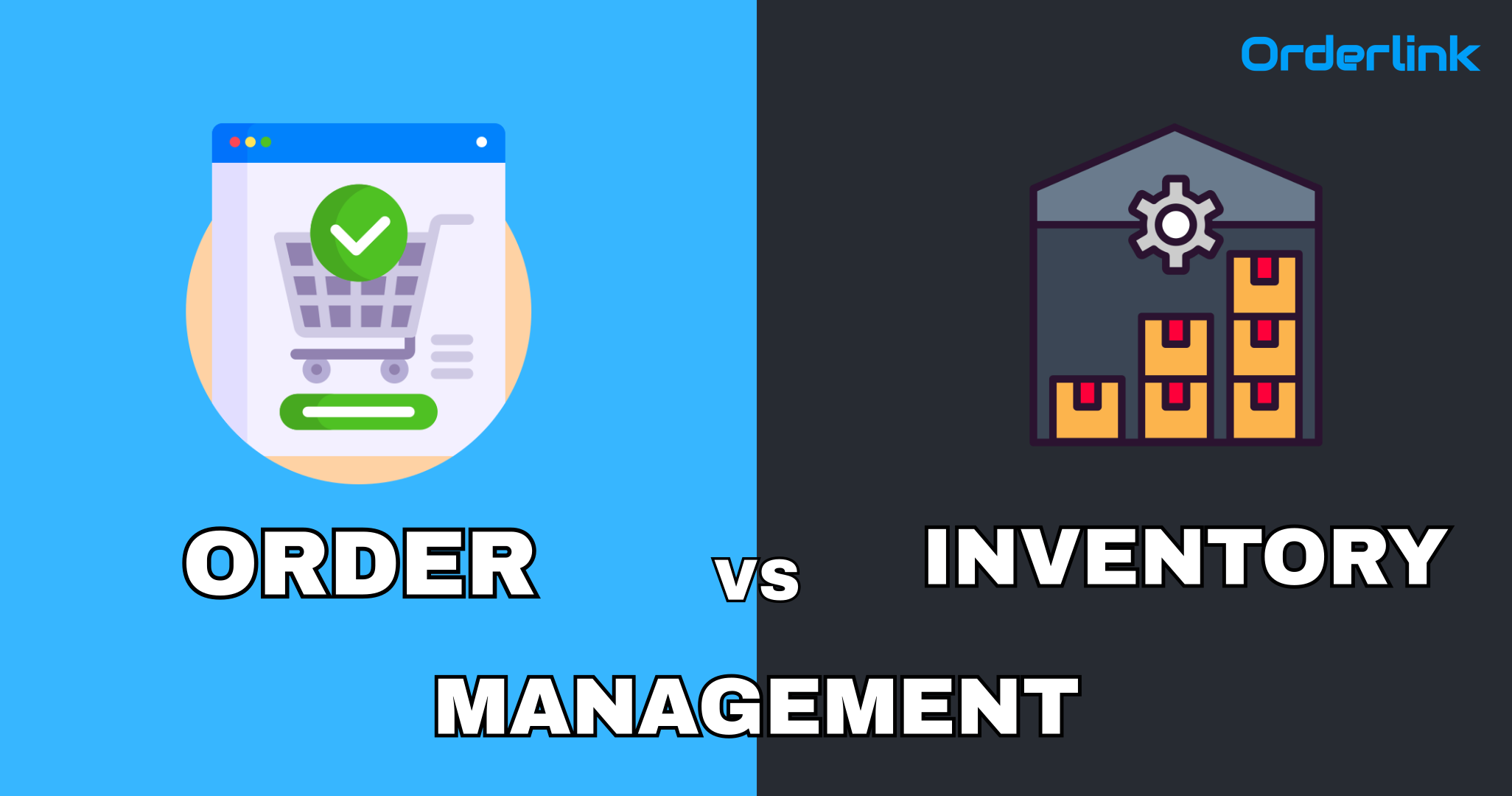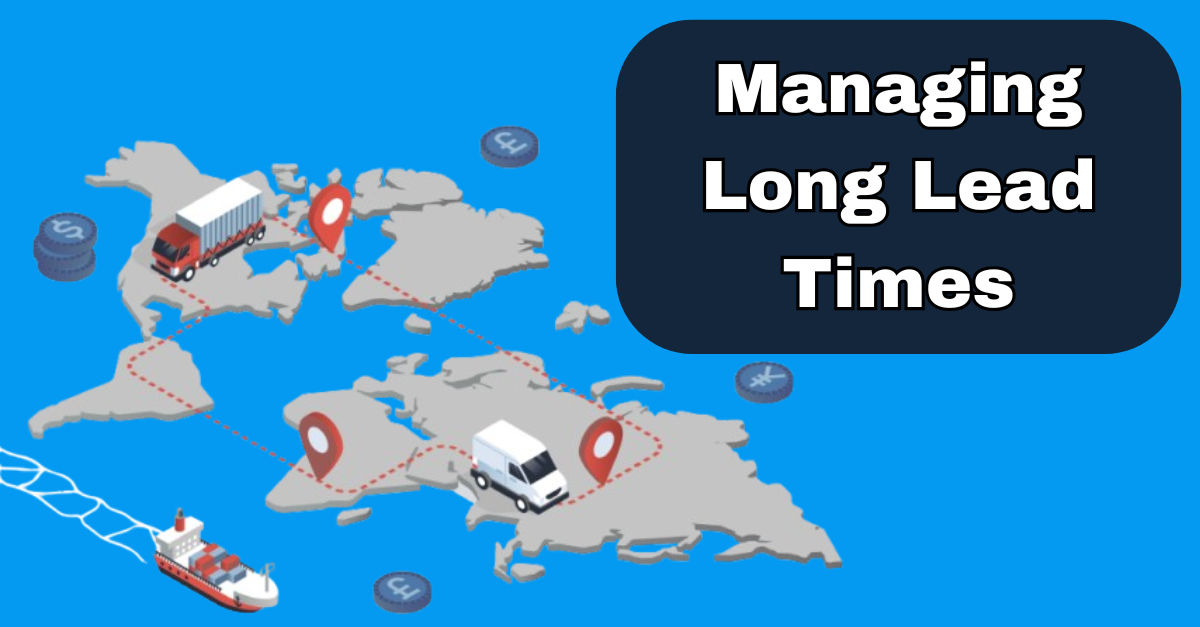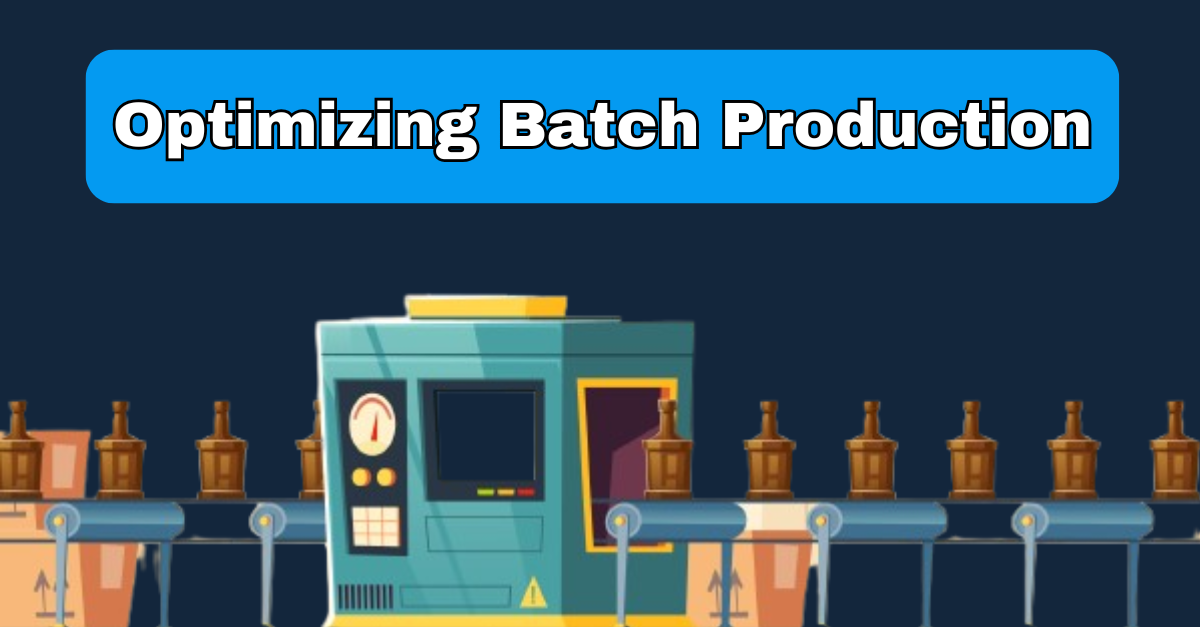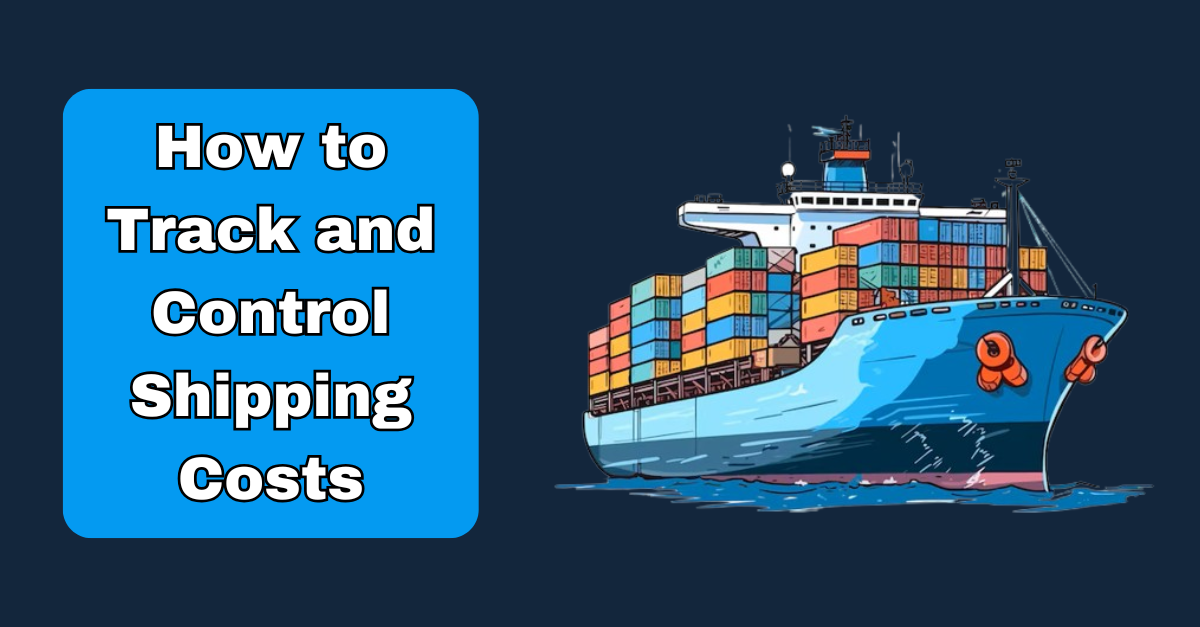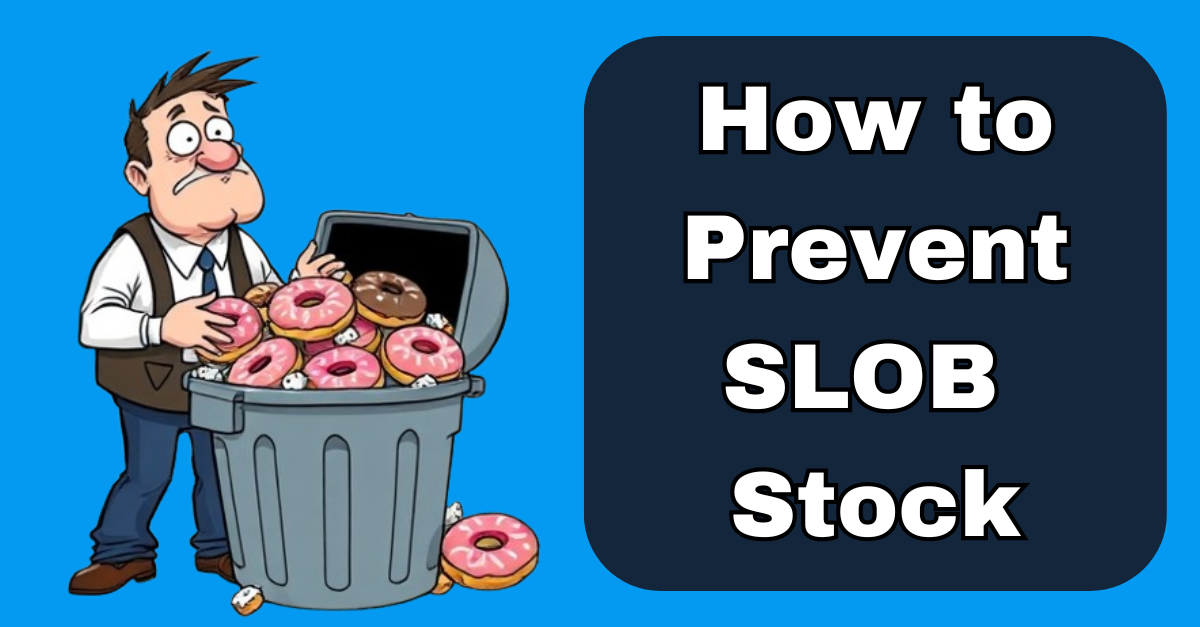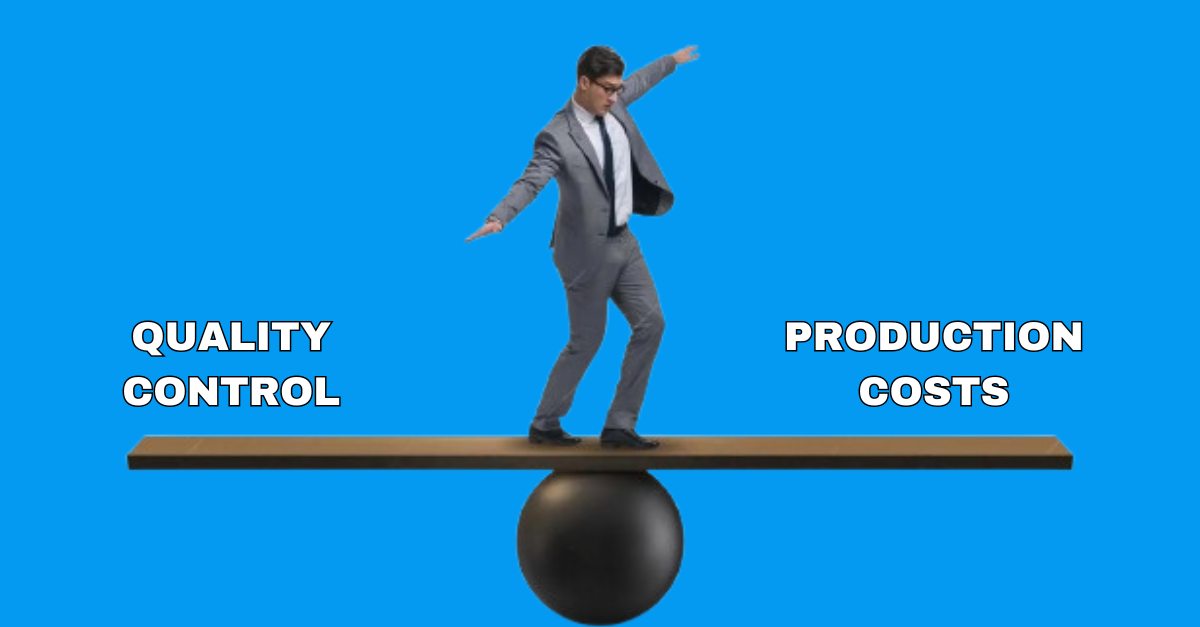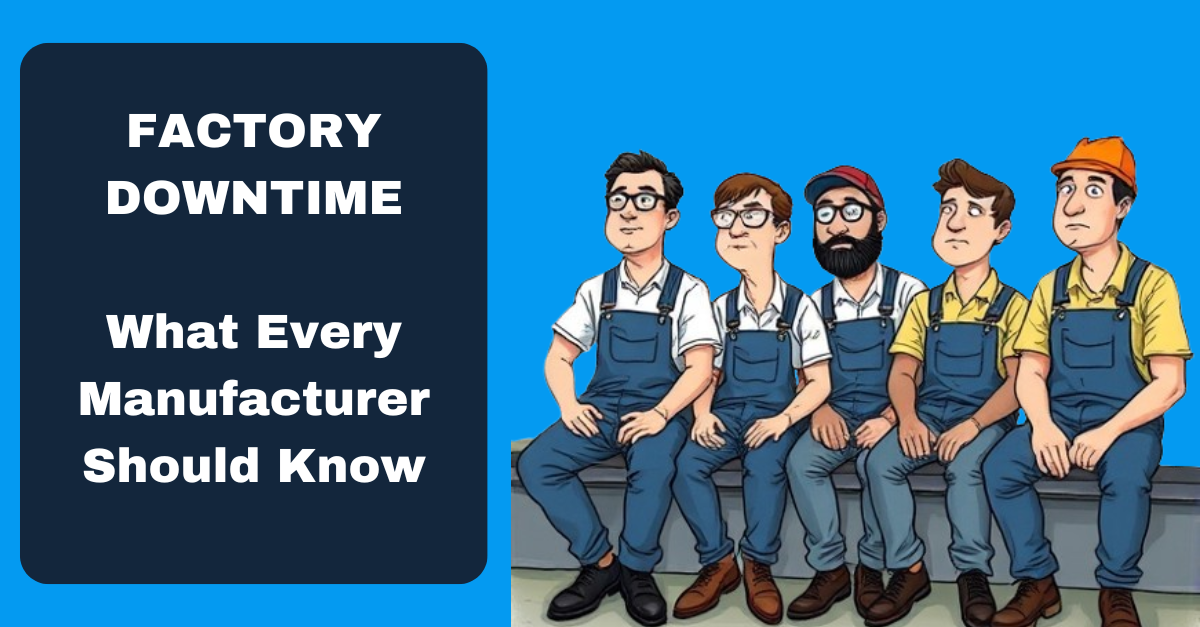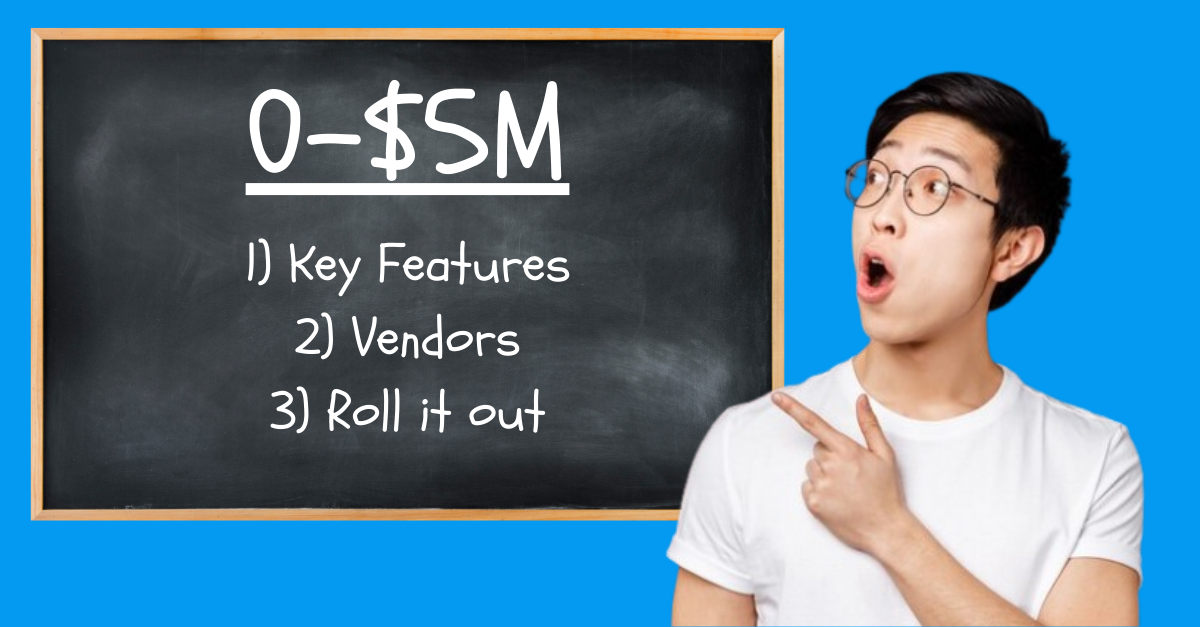As a business dealing with order fulfilment, distinguishing between order management and inventory management software can be tricky. Both systems have unique benefits but also overlap in functionalities. Here's a straightforward look at the differences, similarities, and how integrating them can boost your operations.
Order Management Software (OMS)
Order management software centralizes orders from all sales channels, ensuring efficient processing from order creation to delivery. This software is vital for businesses aiming to streamline their sales processes and maintain high customer satisfaction.
Inventory Management Software
Inventory management software provides visibility into stock levels, optimizes reordering processes, and integrates with other systems like accounting software. It ensures efficient and accurate handling of inventory.
Similarities Between Order and Inventory Management Software
- Improved Visibility Both OMS and inventory management software offer enhanced visibility into stock levels and movement. This transparency helps businesses identify process improvements and ensures real-time data is available for decision-making.
- Increased Efficiency By automating routine tasks, both systems speed up dispatch processes and update stock levels in real-time. This automation reduces manual errors and saves time, leading to improved overall efficiency.
- Integration Capabilities Both types of software integrate seamlessly with other essential business systems, such as accounting, courier services, e-commerce marketplaces, and shopping carts. This integration enables you to manage multiple functions from a single platform, streamlining operations and improving data accuracy.
Key Differences
- Focus Areas
Order Management Software: Primarily focuses on enhancing customer satisfaction by managing the sales process from order receipt to delivery. It handles tasks like order entry, payment processing, and tracking shipments.
Inventory Management Software: Concentrates on internal process efficiency, ensuring the right stock levels are maintained. It includes tools for tracking inventory, managing stock levels, and optimizing reorder points.
2. Time Orientation
OMS: Concerned with the present, ensuring efficient processing and fulfillment of current orders. It focuses on the immediate needs of order processing and customer delivery.
Inventory Management Software: Encompasses both current and future needs, providing tools for purchasing, demand forecasting, and inventory planning to meet future demand.
Where They Overlap
- Real-Time Stock Updates Both systems provide real-time updates on stock levels, ensuring that inventory data is accurate and up-to-date. This prevents overselling and stockouts, improving customer satisfaction and operational efficiency.
- Automated Alerts and Notifications Both types of software can send automated alerts and notifications. For example, they can alert you when stock levels are low or when an order is delayed, allowing for proactive management of inventory and orders.
- Data Integration Both systems benefit from integrating with other business systems. This integration ensures that data flows smoothly between departments, reducing data silos and improving overall business intelligence.
Integrating OMS and Inventory Management
Combining both systems offers significant benefits. Integrating them allows for better prediction of seasonal peaks and ensures popular items are always in stock, preventing out-of-stock situations and unhappy customers. Using data from both systems can drive growth and identify key areas for improvement.
